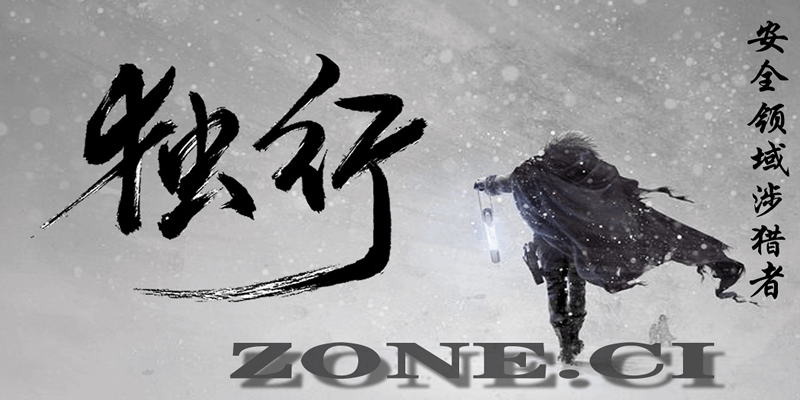什么是JSON?
JSON全称为JavaScript Object Notation,是一种用于存储和传输数据的格式。相比于XML等其他数据交换格式,JSON具有更简洁、更易读的特点。同时,由于其与JavaScript紧密相关,因此在前后端交互和API接口设计中得到了广泛的应用。
Golang中的JSON处理
Golang内置了对JSON的支持,通过标准库中的"encoding/json"包,我们可以方便地进行JSON数据的解析和生成。以下是一个示例代码:
``` package main import ( "encoding/json" "fmt" "os" ) type Person struct { Name string `json:"name"` Age int `json:"age"` Email string `json:"email,omitempty"` } func main() { person := Person{Name: "John Doe", Age: 30} jsonData, err := json.Marshal(person) if err != nil { fmt.Println("JSON encoding failed:", err) os.Exit(1) } fmt.Println(string(jsonData)) } ```上述代码定义了一个Person结构体,其中包含姓名(Name)、年龄(Age)和电子邮件(Email)三个字段。通过调用"json.Marshal"方法,将Person结构体转换为JSON格式的字节流。最后,使用"fmt.Println"打印出生成的JSON字符串。
HTML 2.0
HTML 2.0是HyperText Markup Language的第二个版本,是Web开发中最常用的标记语言之一。该版本的HTML引入了许多新特性,如表格、图像、链接等,使得网页内容更加丰富和灵活。
使用HTML 2.0进行内容排版
下面是一个示例代码,展示了如何使用HTML 2.0进行内容排版:
```Welcome to HTML 2.0 Example
Section 1
This is the first paragraph of section 1.
Section 2
This is the first paragraph of section 2.
This is the second paragraph of section 2.
Section 3
This is the first paragraph of section 3.
This is the second paragraph of section 3.
This is the third paragraph of section 3.
```在上述代码中,通过使用"h1"、"h2"和"p"标签,我们可以实现标题和段落的排版。同时,HTML还支持其他标签,如"div"、"span"等,用于更复杂的内容布局和样式设计。
总结
本文介绍了如何使用Golang编写JSON文件,并使用HTML 2.0进行内容排版。通过Golang内置的"encoding/json"包,我们可以简单高效地处理JSON数据。而HTML 2.0作为一种常用的标记语言,为网页开发提供了丰富的排版和样式选择。
希望本文能够帮助读者们更好地理解和运用Golang和HTML 2.0,提升自己的Web开发技能。
参考资料










评论